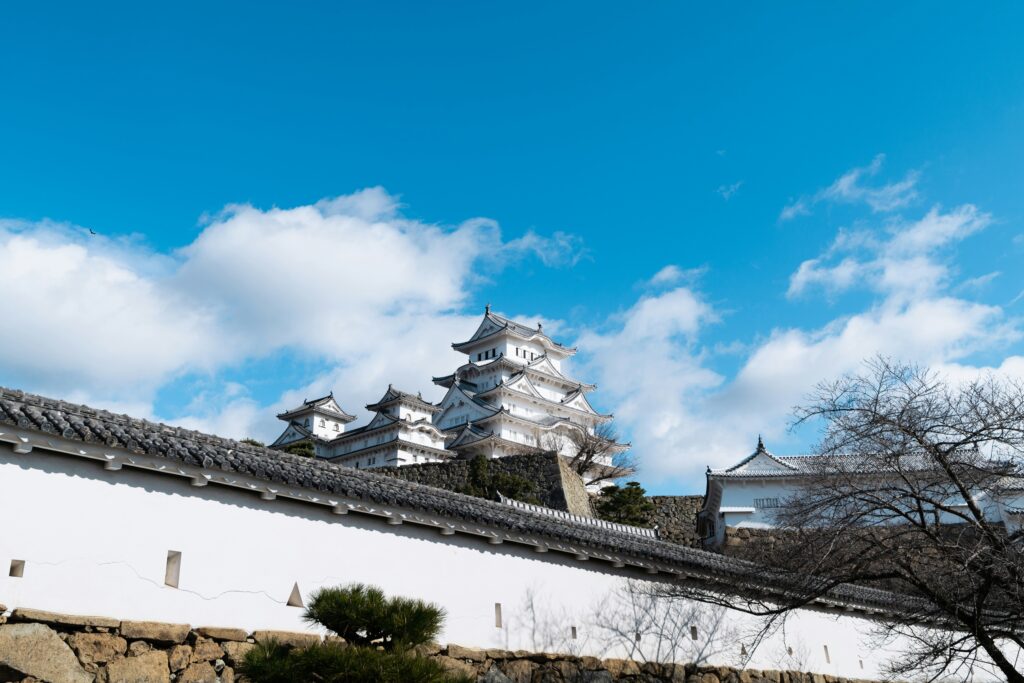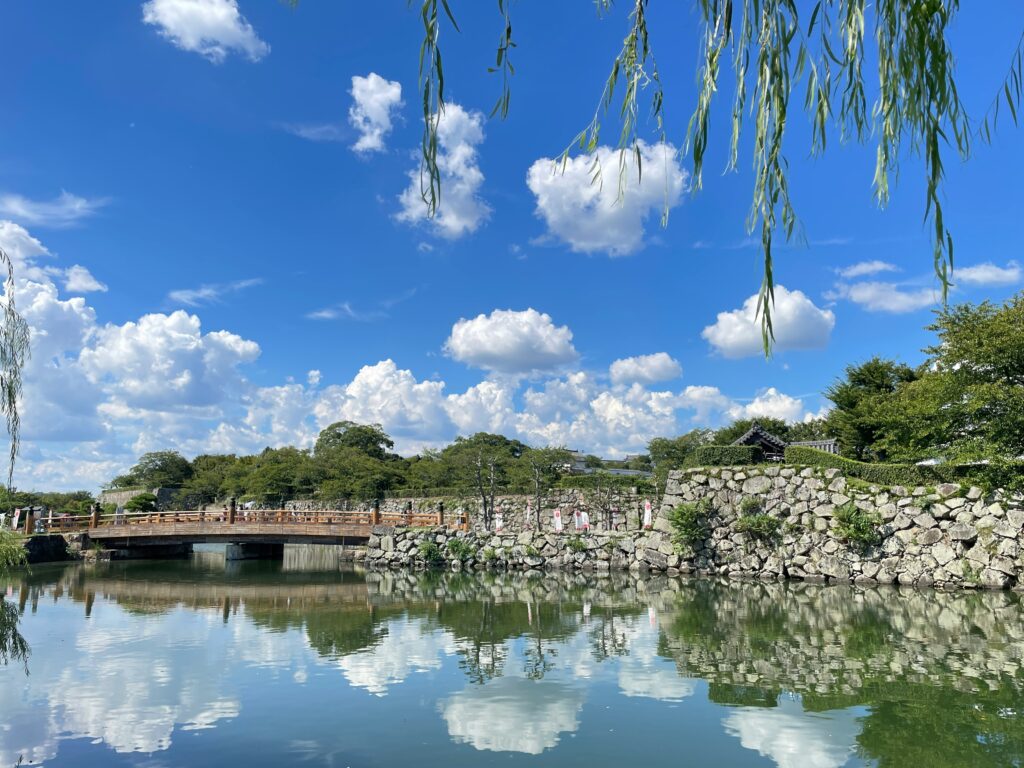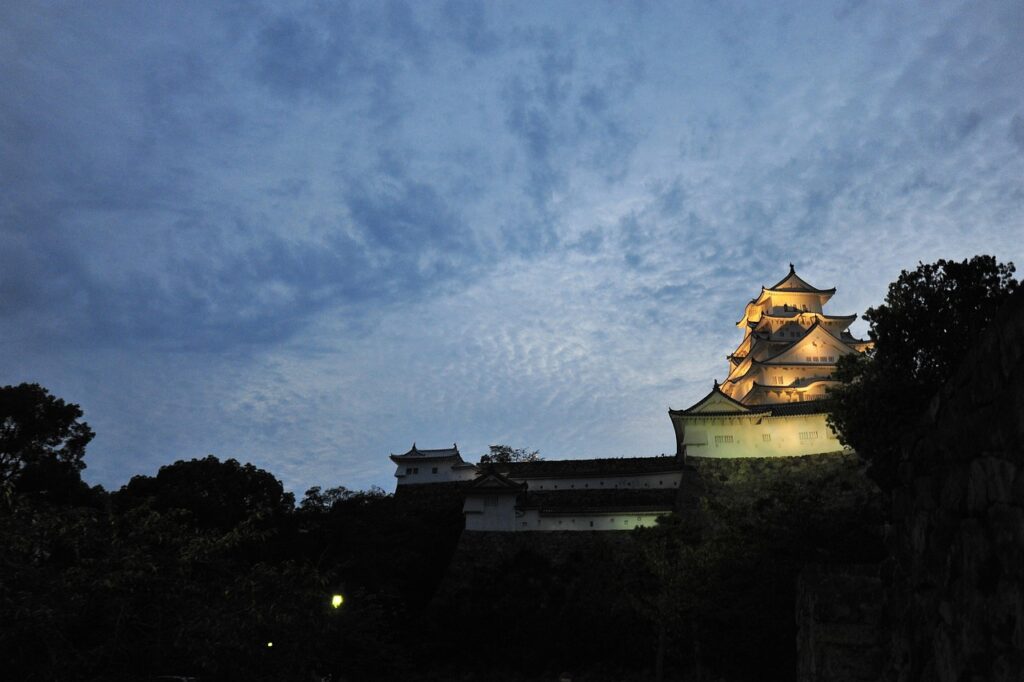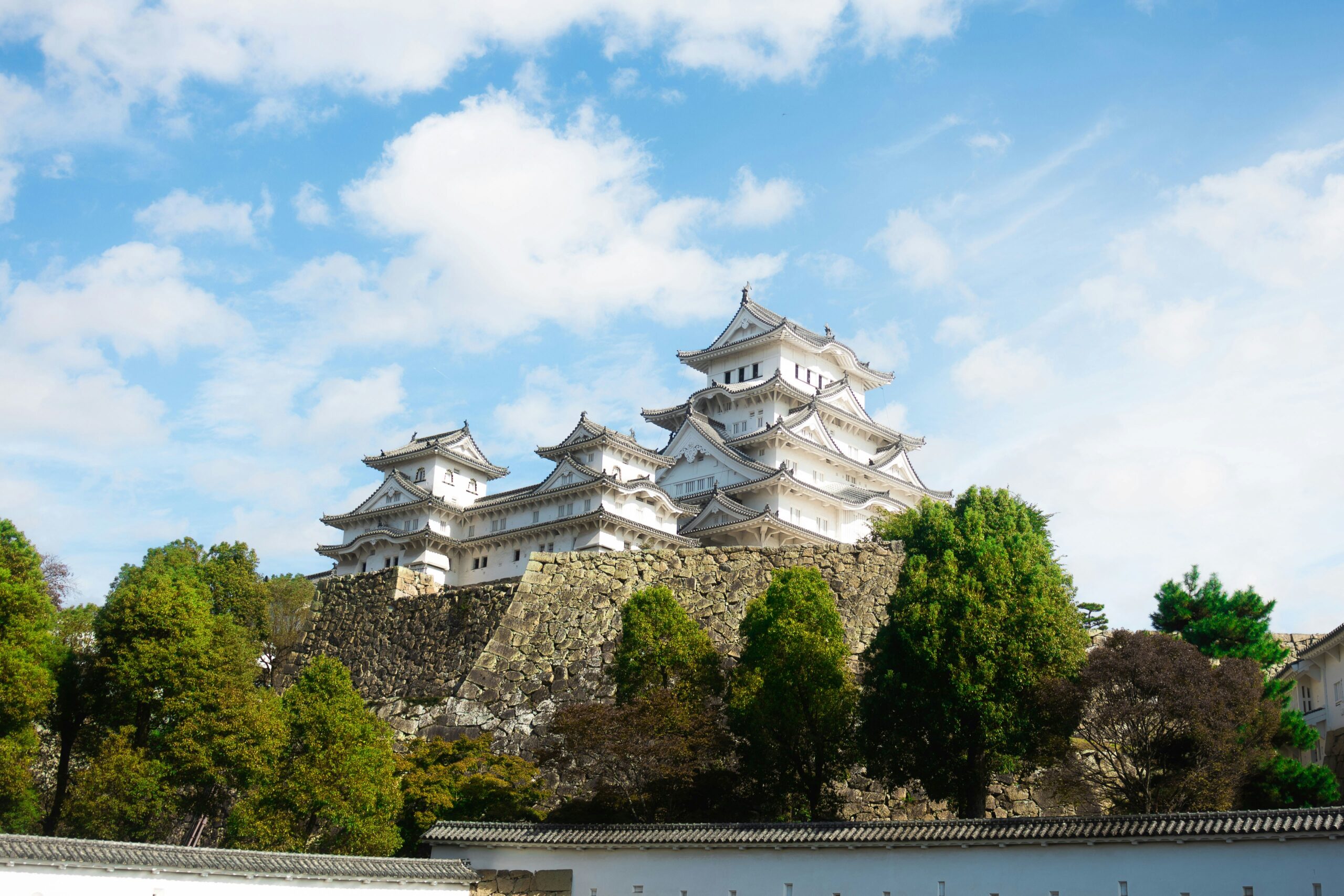Located in the southwestern part of Japan’s Kansai region, Himeji is a quiet city in southern Hyogo Prefecture—about an hour and a half by train from bustling Osaka or historic Kyoto. It’s a place where urban life and nature exist in gentle balance. At the heart of this city stands a white castle that seems to have transcended time. Himeji Castle—one of Japan’s most treasured architectural masterpieces—is known as “Shirasagi-jō,” or the White Heron Castle, for its elegant, wing-like silhouette.

Greg had just wrapped up a long project in Tokyo when he suddenly decided to head to Himeji. He couldn’t say exactly why. Somewhere in the back of his mind, he remembered hearing about a castle—brilliantly white—standing still beneath the sky. He needed a place where time moved more slowly, where the noise of daily life could fall away and he could hear his own pace again.
The moment he stepped off the bullet train at Himeji Station, he was surprised. The cityscape that greeted him was more open and modern than he had expected. Summer sunlight bounced off the glass windows of tall buildings, and the heat shimmered above the asphalt. But when he looked beyond the city, through the haze of summer, he saw it—the castle. Pale, silent, and watching from afar.

A twenty-minute walk led him from the station, through an arcade of local shops and down tree-lined paths, until the imposing main gate of Himeji Castle appeared. It was breathtaking. The white-plastered walls gleamed under the intense sun, and the gently curving roofs rose like wings poised for flight.
As he stood there, entranced by its beauty, Greg realized this was no mere work of art. The massive stone walls, the maze-like passages, and the hidden defensive tricks tucked behind the pristine white façade all told a different story. Himeji Castle was a fortress built on intelligence—a masterclass in strategy and protection. Unlike the heavy stone castles of Europe, Japanese castles were designed to be lighter, more adaptable—a legacy of earthquakes, fire, and centuries of rebuilding.

Where European castles intimidate with mass and might, Japanese castles confuse and outwit. At Himeji, attackers would find themselves passing through the same gates again and again, led in circles, all the while exposed to arrows from hidden vantage points. Warfare here had become an art form.
Inside the castle, the air was cool and still. Walking between thick stone walls, climbing wooden stairs, Greg tried to sense the lives once lived here. It was a space heavy with silence. The angle of the light through the windows, even the scent of aged timber—it all seemed to hold quiet meaning.
From the topmost floor of the keep, he looked out over the city. Parks, temples, and the castle’s own moats blended among modern structures, and far beyond, the gentle blue of the inland sea stretched toward the horizon, softly fading into sky and hills.

Later, wandering the streets in search of lunch, Greg stumbled across a small traditional restaurant tucked into a converted old home. Sliding open the wooden door, he was greeted by the faint scent of tatami mats and cool air. Seated at the counter, he ordered a grilled fish set meal. The skin was crisp, the flesh tender and savory, seasoned with sweet soy glaze that paired perfectly with white rice. The miso soup and pickles on the side were subtle and nourishing—comforting in their quiet depth.
In the afternoon, he visited Kōko-en, a nearby Japanese garden. Meticulously arranged with ponds, stones, and pine trees, the garden was a study in harmony. Cicadas sang in the background, and the soft splash of water completed the soundscape. Sitting on a bench there, he was joined by an elderly man.
“Hot today, isn’t it?” the man said with a smile. “But this kind of heat, it reminds you that you’re alive in the season.”
His name was Mr. Tanaka, a retired trading company executive in his seventies. Dressed in a white shirt and straw hat, the soft creases at the corners of his eyes seemed to catch the summer light. He told Greg he held an annual pass to the garden and visited several times a week.

“When I was younger,” Mr. Tanaka said, “it was all about efficiency, performance—getting results. But now, sitting in this garden, I realize something. Even this very moment… is already irreplaceable.”
Greg was moved. He had spent most of his adult life racing toward goals, striving for recognition, always reaching for the next step. But recently, he had started to wonder: was that really enough?
Toward evening, he took a ropeway up to Mount Shosha to visit Engyō-ji, an ancient temple complex. As the cable car climbed higher, the city below turned golden in the setting sun. The temple grounds were serene—wooden halls that had stood for centuries, used in film productions, now resting quietly among the trees. A sacred stillness hung in the air.

His final stop was the Himeji City Museum of Art. Housed in a stately red-brick building, it displayed both contemporary and local works. In the quiet, air-conditioned gallery, Greg found himself standing alone before an abstract painting. No description. Just space to feel. Something unspoken stirred within him.
On his way back to the station, he treated himself to a bowl of kakigōri, Japan’s beloved shaved ice. The delicate flakes melted like snow on his tongue, topped with matcha syrup, sweet red beans, and soft rice dumplings. It was cold, sweet, and somehow deeply nostalgic.
By the end of his trip, Greg knew he had changed, if only slightly. He had discovered a different kind of richness—not in chasing, but in simply being.

The white castle like a heron in flight, the kind eyes of a stranger, the shimmer of summer heat and the shade of an old pine, the taste of frozen sweetness on a warm afternoon—all these had left a quiet space inside him. A space where time didn’t rush. A space he hadn’t known he was missing.
“There are things you can only see when you step away from the everyday,” he thought, as he quietly began his journey home.
Something New Travel

